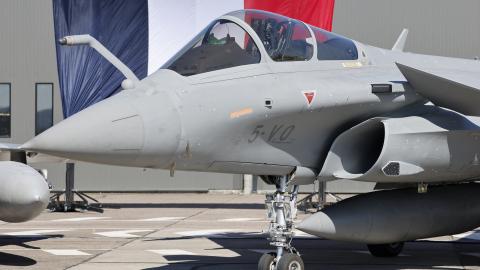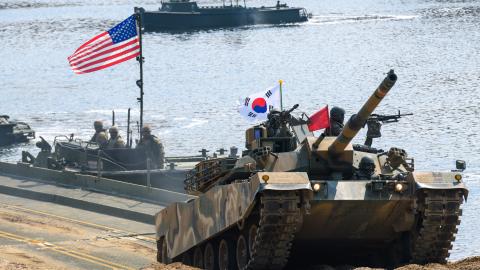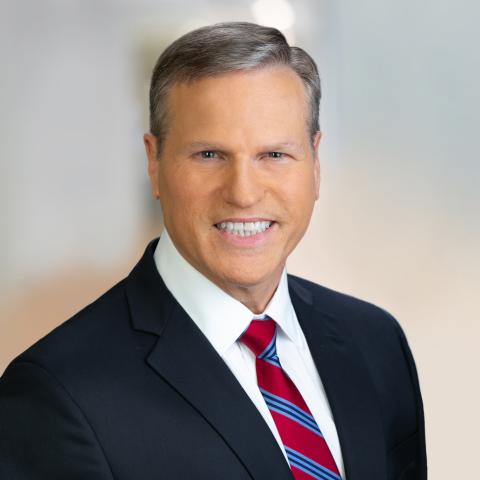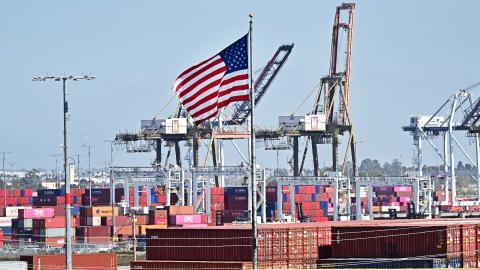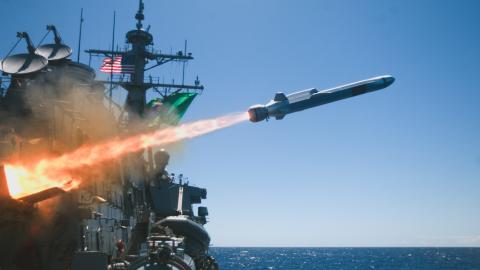The Ukrainian army’s commander-in-chief, Gen. Oleksandr Syrskyi, on Wednesday declared that Russia’s long-anticipated spring offensive had begun. In recent weeks, some of the largest Russian airstrikes of the war have also taken place, targeting both civilian and military infrastructure across Ukraine. If any behind-the-scenes efforts toward peace are underway, they are clearly yet to bear fruit.
US President Donald Trump has made ending the war in Ukraine a central pillar of his foreign policy. On the campaign trail last year, he frequently stated that the war would never have happened had he been president in 2022. Now back in the Oval Office, the Trump administration has taken steps that indicate he is, in fact, prioritizing an effort to end the war. Few question the sincerity of his desire to stop the fighting — but many remain unsure about how he intends to actually achieve this.
Trump once claimed he could end the war in 24 hours. Since returning to power, he has learned that the situation is far more complex than he anticipated. The negotiation process has been a roller coaster, filled with twists and turns. His initial pick for special envoy for Russia and Ukraine, retired Lt. Gen. Keith Kellogg, has been sidelined. In practice, Trump’s special envoy for the Middle East, Steve Witkoff, has taken the lead in backchannel talks with the Kremlin.
An agreement between the US and Ukraine on rare earth minerals was reportedly close to being signed — until it fell apart after a spat in the Oval Office between Vice President J.D. Vance and President Volodymyr Zelensky. At one point, the US even temporarily paused intelligence sharing and weapons transfers to Ukraine, although those restrictions have since been lifted. Despite the turbulence, senior delegations from both countries met in Jeddah last month and reportedly had a productive discussion. Trump has since invited Zelensky back to the White House.
President Trump also recently spoke by phone with Vladimir Putin. Both sides announced a 30-day ceasefire on airstrikes. But discrepancies quickly emerged: the Russian readout described a ceasefire limited to “energy infrastructure,” while the US readout said “energy and infrastructure” — a subtle but important difference. Regardless, the ceasefire was violated within hours.
Trump has oscillated in his approach — one week pressuring Ukraine, the next signaling discontent with Russia. This inconsistency has made it difficult for his administration to clearly explain its strategy to Congress or the American public. That may be because only one person truly understands the plan: Trump himself.
At the moment, the Kremlin appears to be in Trump’s crosshairs. In a recent interview, the US president expressed frustration with Putin, indicating growing impatience with Moscow’s foot-dragging. But despite his rhetoric, Trump has yet to apply the same level of pressure on Russia that he has on Zelensky and Ukraine.
Right now, it is clear that Kyiv is doing more of the heavy lifting in the peace process. After a rocky start to his relationship with Trump, Zelensky has learned how to manage the transactional nature of this administration. A revised and expanded rare earth minerals deal is reportedly close to being finalized. More significantly, it was Ukraine that proposed a 30-day ceasefire covering land, air and sea operations. Russia, meanwhile, has yet to match that offer with meaningful action.
At some point soon, Trump will have to decide whether he is truly serious about ending the war — or whether he is simply waiting for a more politically convenient moment. If he is serious, then he must begin pressuring the Russians to engage in negotiations in good faith.
Russia’s strategy is increasingly transparent. Publicly, Putin maintains maximalist demands. Privately, he must recognize that these are only opening positions — not realistic end goals. Russia has also suffered deeply from the war. In the last few days, US military officials have testified before Congress that Russia has sustained approximately 800,000 casualties since the full-scale invasion began in 2022. Sanctions and international isolation have also taken a toll on the Russian economy.
Putin is a seasoned political operator and will try to extract as much as possible from any negotiation. Expect him to drag out the process just long enough to coincide with the NATO Summit in the Netherlands this June. That way, while the transatlantic community is focused on Trump’s return to the NATO stage, Putin can attempt to seize the spotlight by claiming he is now serious about peace. Such a move could divide the alliance and distract attention from the summit’s core goals.
Trump badly wants a deal — both for his legacy and to reinforce his image as a peacemaker who can succeed where others failed. He is aware that a failed peace in Ukraine could become his version of Biden’s chaotic withdrawal from Afghanistan. Trump and his team are quietly concerned about this, knowing full well that it was his administration’s original deal with the Taliban that laid the groundwork for Biden’s disastrous exit.
Right now, it appears Trump has lost control of the negotiation process, or at least the perception of control. There is also a growing risk that Putin is making him look weak. Despite multiple announcements of temporary ceasefires, nothing substantive has materialized.
Much of what is happening is still behind closed doors. The nature of high-stakes diplomacy often means progress is made out of sight. Just because Ukraine and Russia are not making front-page news daily does not mean the work has stopped. But if Putin does not show a genuine willingness to compromise — and if Trump concludes that there is no deal to be had — the US will need to reassess its posture toward NATO and its relationship with Ukraine.
Because any outcome that gives Russia the upper hand will not just damage Ukraine — it could also weaken America and damage President Trump’s legacy. This could be what he cares about the most.
